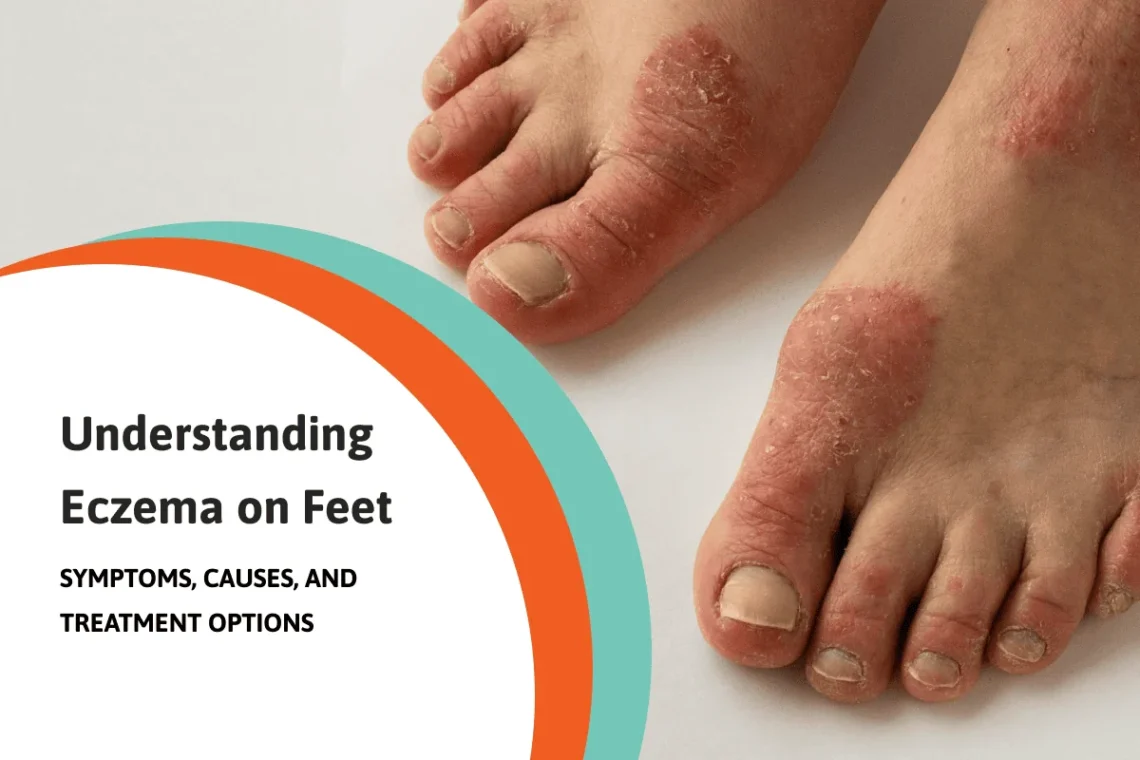
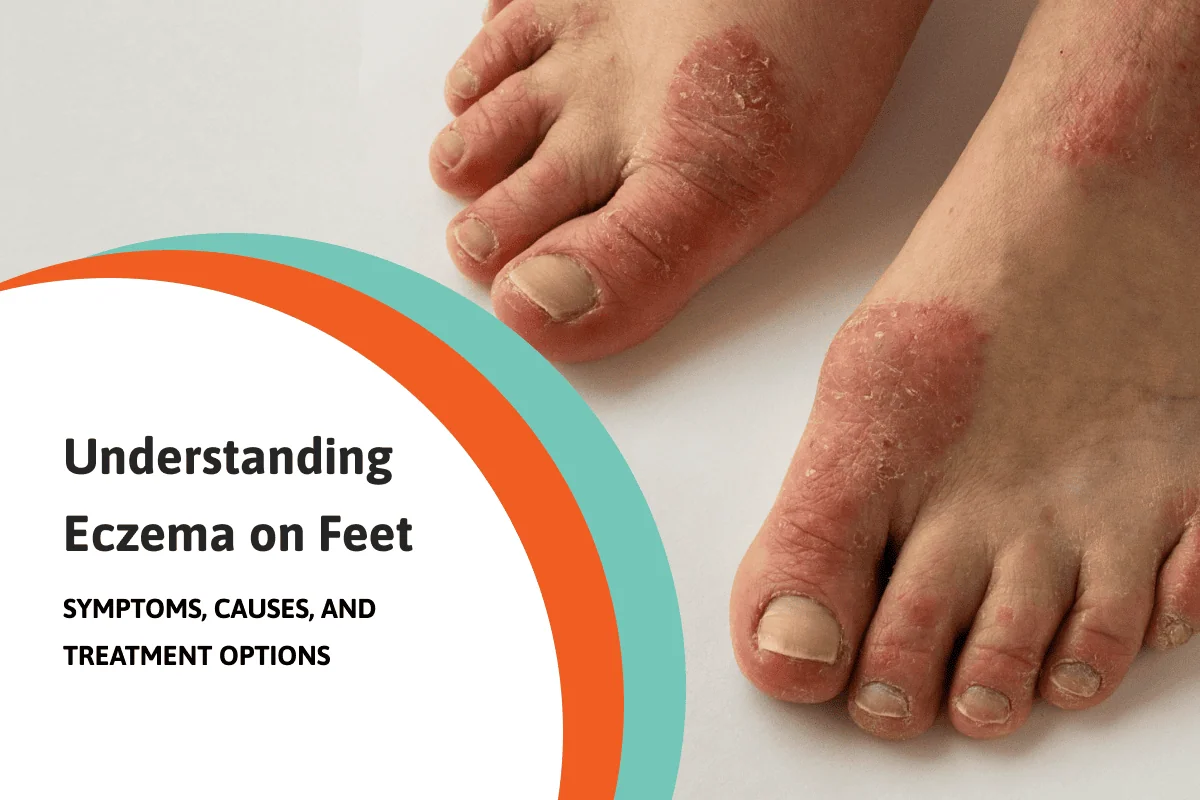
Eczema on the feet is a commonly overlooked yet potentially debilitating condition that can significantly impact your quality of life. Whether you’re experiencing redness, intense itching, or filled blisters, this form of eczema can be persistent and difficult to manage without the proper care. In this comprehensive guide, we’ll explore the types of eczema, how they affect the hands and feet, and the most effective treatment plan options—including both traditional and holistic strategies.
Understanding your symptoms, the causes behind flare-ups, and available treatments for eczema is essential. Equipping yourself with this knowledge not only helps alleviate discomfort but can also prevent recurring episodes by strengthening the skin barrier and minimizing exposure to triggers.
What Is Eczema?
Eczema is a chronic skin condition marked by inflammation, dryness, and discomfort. It results from a complex interaction between genetic, environmental, and immune system factors. For some, it may begin in childhood, while others may develop it in adulthood—particularly due to contact with irritants or allergens.
There are several types of eczema that may appear on the feet:
- Atopic dermatitis: The most common form, often linked to asthma or hay fever. It typically starts in childhood but can persist into adulthood.
- Contact dermatitis: Caused by exposure to allergens or irritants like certain shoe materials, soaps, or detergents. It is localized and directly connected to external exposure.
- Dyshidrotic eczema: This presents as itchy filled blisters on the edges of the fingers, toes, palms, and soles. It is often triggered by stress, sweat, or allergens.
Each type of eczema can manifest differently, but all share similar root causes involving an overactive immune system and a compromised skin barrier.
Eczema Symptoms on the Feet
Eczema symptoms on the feet can be both painful and disruptive to daily life. Common signs include:
- Persistent itching, which may worsen at night.
- Red, dark brown, or purplish patches (particularly noticeable on darker skin).
- Thick, scaly, or leathery skin.
- Cracking and peeling, especially on the soles or heels.
- Filled blisters that may leak fluid and form crusts.
- Burning or stinging sensations when walking or standing for long periods.
- Painful fissures or open sores that may become infected.
Because these symptoms including blistering and itching overlap with other skin conditions, such as fungal infections, misdiagnosis is common. For accurate treatment, it’s important to consult a dermatologist who can distinguish between eczema and other causes of foot inflammation.
Common Triggers and Root Causes
Eczema doesn’t arise randomly—it’s often triggered by environmental factors, genetic predisposition, and immune dysfunction. On the feet, flare-ups are commonly associated with:
- Prolonged moisture or sweat from socks/shoes.
- Harsh soaps, detergents, or sanitizers.
- Synthetic or poorly ventilated footwear.
- Allergic reactions to dyes, glues, or chemicals in shoes (contact dermatitis).
- Underlying fungal infection misinterpreted as eczema.
- Temperature changes or dry air.
- Stress, which has been shown to aggravate the immune system and worsen eczema flares.
Additionally, people with a family history of allergies, asthma, or eczema are at higher risk of developing atopic dermatitis, one of the most stubborn and recurring forms of foot eczema.
The Role of Skin Barrier and Immune Response
One of the key underlying issues in eczema is a weakened skin barrier. In healthy skin, this barrier locks in moisture and protects against irritants and pathogens. When it becomes damaged, the skin loses hydration, and allergens or microbes can enter more easily, triggering inflammation. Your immune system then reacts strongly to these intruders, resulting in the hallmark eczema symptoms: redness, swelling, itching, and irritation. This cycle—known as the itch-scratch cycle—can cause the skin to worsen, leading to chronic, thickened patches and even scarring.
Diagnosis: Why It’s Important to Get It Right
Diagnosing eczema on feet isn’t always straightforward. A dermatologist may perform a visual exam, ask about symptom history, and order a patch test to rule out contact dermatitis. If a fungal infection is suspected, a skin scraping may be examined under a microscope. Misdiagnosis can lead to inappropriate treatments—for example, applying a topical corticosteroid to a fungal rash may worsen the condition. Conversely, antifungal creams won’t help if the issue is actually dyshidrotic eczema. Getting the diagnosis right is essential to implementing the correct treatment plan and achieving long-term relief.
Treatments for Eczema on the Feet
Although eczema is a chronic condition, it can be managed effectively through a combination of medical and lifestyle interventions. Here are the most common treatments for eczema that focus on symptom relief and long-term prevention:
- Topical Corticosteroids – A topical corticosteroid is often the first line of treatment to reduce inflammation and relieve itching. Potency varies depending on the severity and location of the eczema. For thickened or blistered skin on the feet, mid- to high-strength steroids may be necessary—but they should be used under medical supervision to avoid skin thinning.
- Topical Steroid Alternatives – For long-term control, non-steroidal anti-inflammatory creams like tacrolimus or pimecrolimus are used to suppress the overactive immune system without the risks associated with long-term steroid use.
- Emollients and Moisturizers – Daily moisturizing is vital for repairing the skin barrier and preventing flare-ups. Use thick creams or ointments, especially after bathing, to lock in moisture. Look for fragrance-free, hypoallergenic options designed for sensitive skin conditions.
- Antihistamines – Oral antihistamines can relieve itching, especially during sleep, and can help break the itch-scratch cycle that worsens eczema flares.
- Antimicrobials and Antifungals – If a secondary infection or fungal infection is present, your doctor may prescribe antibiotics or antifungal creams alongside eczema treatments.
- Lifestyle Adjustments -Proactive lifestyle changes can dramatically reduce the frequency and severity of flare-ups.
These include:- Wearing cotton or moisture-wicking socks
- Rotating footwear to allow shoes to air out
- Using gentle, pH-balanced cleansers
- Avoiding tight-fitting shoes or boots
- Reducing stress through yoga, meditation, or therapy
- Wet Wrap Therapy – Wet wraps involve applying moisturizer and a topical steroid, then covering the area with a damp layer and a dry layer over it. This helps hydrate the skin and enhances absorption of the medication.
- Phototherapy – In severe or treatment-resistant cases, narrow-band UVB light therapy can be used to suppress the abnormal immune system response. This is typically administered under dermatologist supervision over multiple sessions.
Eczema in Darker Skin Tones
In darker skin, eczema can present differently—patches may appear gray, purple, or dark brown rather than red. This can lead to delays in diagnosis or misinterpretation as another skin condition. Additionally, eczema flares can cause long-lasting discoloration known as post-inflammatory hyperpigmentation. Treating the flare and then the pigment changes require a multi-step treatment plan, and patients should be guided through this by a knowledgeable provider.
The Importance of a Personalized Treatment Plan
Every case of eczema is unique, so a one-size-fits-all approach rarely works. A dermatologist can help develop a treatment plan that’s tailored to your specific symptoms, triggers, lifestyle, and skin type. This may include a written action plan outlining:
- Your primary type of eczema
- Known triggers and irritants
- Approved moisturizers and topical corticosteroids
- Emergency treatment steps during a flare
- When to escalate care or seek follow-up
Such personalized care helps empower patients to take control of their condition rather than reacting to flares after they’ve already begun.
Final Thoughts
Eczema on the feet can be more than just a nuisance—it can be a persistent, painful problem that interferes with work, mobility, and emotional well-being. But understanding its causes, recognizing its symptoms, and following a consistent treatment plan can bring significant relief.
Whether you’re dealing with atopic dermatitis, contact dermatitis, or dyshidrotic eczema, the key is to support the skin barrier, regulate your immune system, and avoid known triggers. Treatments ranging from topical corticosteroids to lifestyle adjustments and even phototherapy can all play a role in controlling this form of eczema.
Don’t let eczema flares go unchecked. Consult with a dermatologist, educate yourself, and develop a sustainable approach to managing this chronic condition. Your feet carry you through life—they deserve the best possible care.



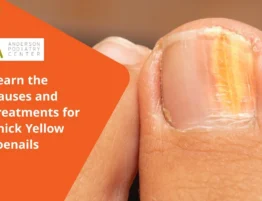
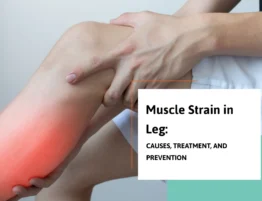
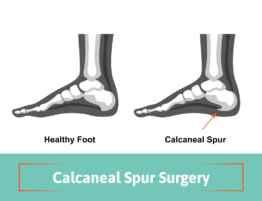
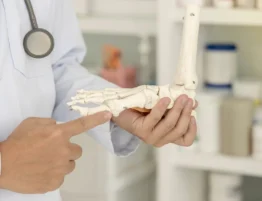
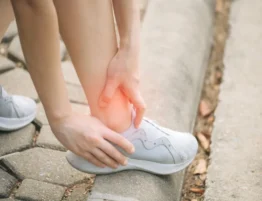
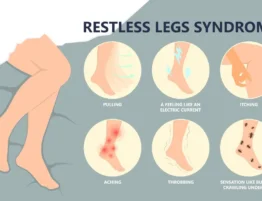
Write a comment: